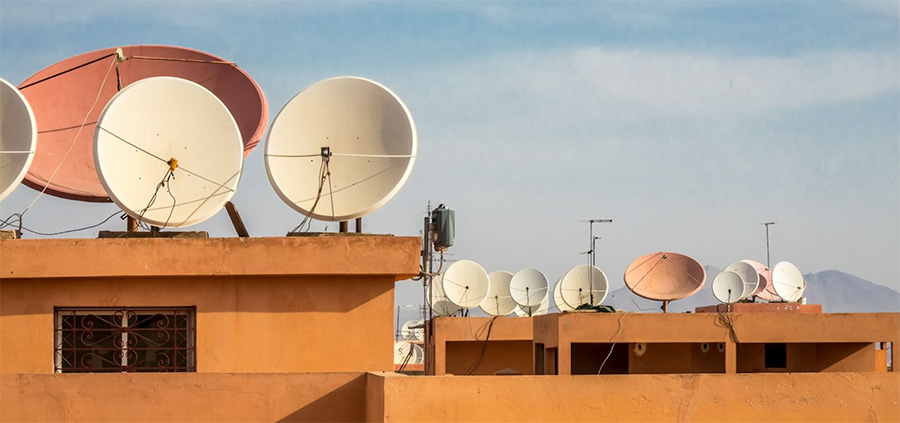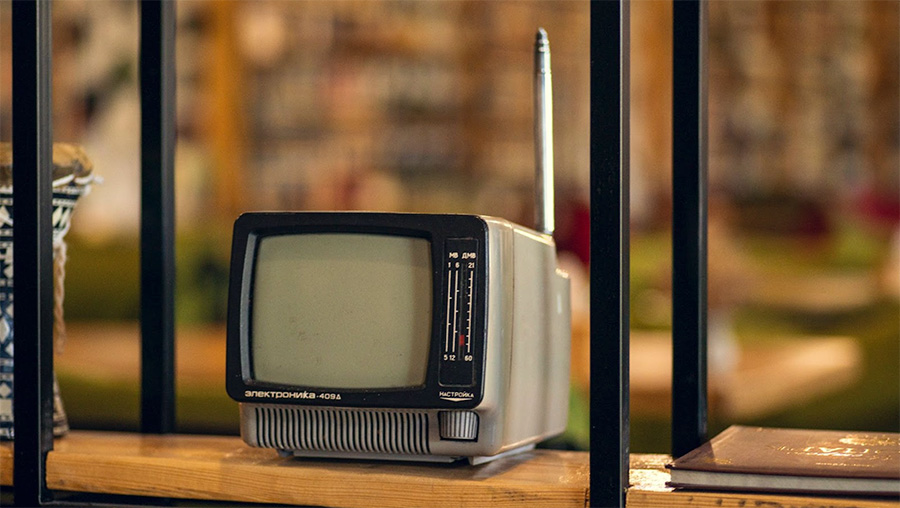Television distribution services have undergone a huge transformation over the years. From over the air to OTT apps, we have seen multiple technologies that transformed the way we watch TV. Traditional TV broadcasting was once the main source of home entertainment. But it is not losing ground rapidly to more flexible options like IPTV and OTT streaming services. As the TV entertainment industry continues to evolve, here are the trends that shaped the TV broadcast industry over the decades.
Over the Air Broadcast Service
Over the Air broadcasts were the most common option to watch TV in the 80s. OTA broadcast refers to the transmission of TV signals through the air waves. These waves were received by an antenna connected to a TV through a wire. This way of broadcasting TV signals offers users access to free to air channels. OTA broadcast service is available in almost all regions except some remote areas, making it a viable option for most users.
Free Services with Ads
Online streaming services are the most popular option for watching TV nowadays. Certain streaming services provide free access to a limited selection of content. But there’s a catch. Well, these services often show the viewers some advertisements to support the free offerings. Although the libraries of free content might not rival the extensive collections of paid subscriptions, they still provide a variety of entertainment options for viewers.
Satellite TV
Enter satellite companies like DirecTV and Dish, providing paid TV services similar to cable companies. However, you might need a separate line to your home for internet services. Prices generally vary from $50 to $125, depending on the TV channels and programs you desire to watch. Companies offering these services offer a variety of plans with different set of TV channels. Also, they offer add-on plans that users can bundle with regular plans to view some extra channels. Satellite TV is the most common option for watching TV in rural areas, where internet services are still not available.

Online Cable Replacement
Services like Sling TV and Hulu With Live TV directly challenge cable by offering live channels online for a monthly fee, typically around $20 to $40. The choices may be a bit limited, but you get a mix of broadcast and cable-type channels. Premium channels like HBO and Showtime might be available for an extra fee. These services are good for viewers who want a customised plan for TV entertainment.
Subscription Streaming
Then comes the heavyweight category—Netflix, Hulu, Amazon Prime, and some smaller players. This is the most common entertainment option, especially in urban locations, where there is good availability of internet. They charge a monthly, half-yearly or annual subscription fee, granting unlimited access to all their TV content and movies, including original shows like Netflix’s “House of Cards.” Watch them seamlessly over the internet on your computer, smart TV, or mobile device.
IPTV Services
So, let’s dive into the world of IPTV—Internet-based Protocol Television. In simpler terms, it’s like having your TV shows and videos delivered through the magic of the Internet, be it live or on-demand. Essentially, you’re watching your favourite shows with the power of the web.
Now, you might be wondering, is IPTV just another Netflix in disguise? Not quite. IPTV stands out from the digital video crowd on platforms like YouTube or Netflix because it opens the door to live TV shows across various channels. It’s not confined to a single platform, giving you a buffet of choices.
Viewers need an IPTV player to use the IPTV services. Most service providers offer you an IPTV player, either free or for a price. But users can also download the IPTV player of their choice. This simple tutorial explains the use of an IPTV player and services.
IPTV brings a lot of advantages compared to the traditional TV experience. With an IPTV subscription, you get the option of choosing what to watch whenever and wherever you fancy. It goes beyond catching the live action; you can even rewind to watch content that’s already made its debut.

Single-Channel Websites and Apps
For a more focused experience, you can subscribe to specific TV channels’ websites and apps, allowing you to watch only their shows without committing to a larger TV package. CBS, HBO, Showtime, and Starz offer this tailored option. Some channels even have apps that let you access their content if you’re already paying through a cable or satellite subscription.
Pay-per-View Services
If you prefer a more à la carte approach, services like iTunes and Vudu let you rent or buy single titles—be it a movie, one episode of a show, or an entire season. Amazon Video, the is such a service, that provides this option. Not all of Amazon’s content is included with your Amazon Prime subscription.
Summing Up
The ways of watching TV and experiencing entertainment have changed a lot and undergone massive transformation. Earlier, there were limited options and TV channels. Moreover, viewers need to watch at specific times when the programs were broadcasted by service providers. But now with options like online streaming and IPTV services, viewers have more options to choose the TV channels and type of content they prefer. Also, viewers can watch the recordings of programs whenever they want. The TV entertainment options available today are more customizable and flexible as per the user requirements.

